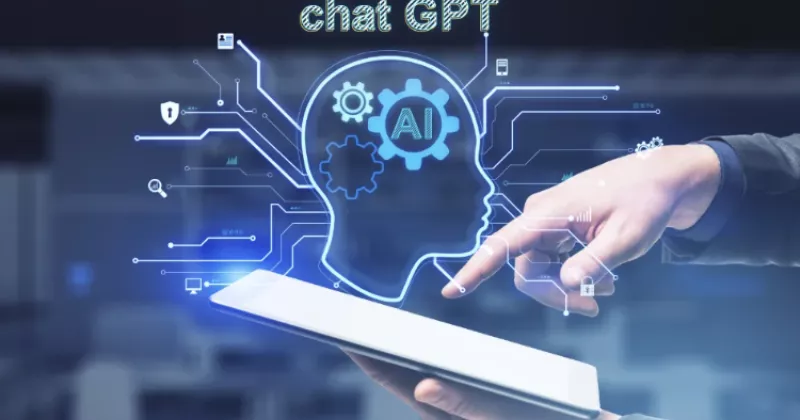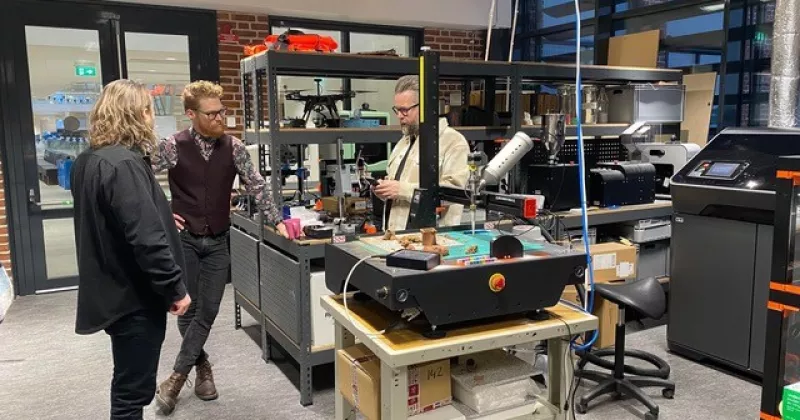Elearning in my own professional context in Malta
Elearning in my own professional context in Malta
Educators in my professional context have recently been hearing a great deal about eLearning and the eLearning strategy which is being implemented in our educational system. Many teachers are questioning what eLearning actually involves and why it is being given so much importance not only in our country but worldwide. Is it not another word for online learning, many inquire?
Here is the definition of Learning presented in the booklet Malta’s National e-Learning Strategy 2008-10. I think that it presents a clear picture of what eLearning is.
“ELearning is learning and teaching that are facilitated by or supported through the smart use of information and communication technologies (ICTs); it will be used to help make learning more meaningful, motivating and fun.”
Through eLearning, teachers are encouraged to take teaching and learning a step further towards the future by integrating the use of ICT into the classroom. Using new technologies to motivate and engage pupils, is making learning more significant and therefore more meaningful for the students. When one mentions technology, one does not necessarily refer to the sole use of a Computer but also the use of digital devices such as a digital camera, video camera or the use of a simple microphone or an audio recorder to record student interaction many of which are today incorporated in a single device – tablets or smartphones. Levenberg and Caspi (2010) define such learning as ‘informal learning’ which “can be achieved through every-day or social activities”. In a study conducted among a number of teachers, Levenberg and Caspi (2010) discovered that in the affective aspect (emotions, interests, opinions, attitudes, values), the results of informal learning were higher than formal learning. From my personal experience in schools, it may certainly be applied to the way learning occurs in students since learning occurs more readily when the learner is active. Students learn in a variety of ways, having different learning styles that are based on how they understand and process information. “Technology makes it possible to target the right approaches for each student in order to provide individualized and differentiated instruction”. (Solomon & Schrum, 2007, p.37).
Learners in the 21st century are being raised exclusively in the era of new media technologies and therefore technology should be used in teaching and learning to capture students’ attention and interest. The idea that technology should be used by the teacher to motivate the students is supported by Johnson (2008) in his online article. All students like technology he maintains, and “not using it as a hook to motivate and interest them in their education is stupid.”
When Interactive Whiteboards were installed in schools and educational institutions across the country a few years ago, eLearning took a further step forward. Educators were provided with another powerful tool to further engage students and even increase student participation in the classroom. With the use of the IWB, teachers are making their teaching more interactive and students are encouraged to participate more in their learning experience. In his paper E-Pedagogy: Does eLearning require a new pedagogy? Elliott (2009) supports this stance of student participation, saying that one of the new learning styles which are emerging due to the effect of these technological changes, is that of “active learning rather than passive receiving of knowledge” (Elliot, 2009, p4). Dondi (2007) states that the concept of eLearning itself has been evolving throughout the years changing from ‘eLearning 2000’ where the learner was ‘isolated’ and the focus was on technology and content, to ‘i-eLearning in 2010’ where the emphasis is more on learning communities made up of learners who generate own new knowledge (Dondi, 2007).
ELearning and technology enhanced learning is being embedded in our local educational system along the years and although the process has been slow, it has been gradual and progressive, with a steady increase in the number of teachers who are embracing technology to find new and exciting methods to engage their pupils. Accepting that students are changing and will continue to change embracing any new technologies that emerge along the way, helps teachers accept that eLearning is no longer an option but a necessity.
References:
Dondi, Claudio. 2007. The underground rivers of innovative e-Learning: a preview of the HELIOS Yearly Report 2006/07. eLearning Papers, no.4 ISSN 1887-1542.
Elliott, B. 2009. E-Pedagogy: Does e-Learning require a new pedagogy? Available from: http://www.scribd.com/doc/932164/E-Pedagogy
Johnson, D. 2008. Seven Stupid mistakes teachers do with Technology. [Online]. [Last accessed 1 May 2014]. Available from: http://doug-johnson.squarespace.com/blue-skunk-blog/2008/12/5/seven-stu…
Levenberg, A. and Caspi, A. 2010. Comparing Perceived Formal and Informal Learning in Face-to-Face versus Online Environments, Interdisciplinary Journal of E-Learning and Learning Objects, 6. [Online]. [Last accessed 1 May 2014]. Available from: http://www.ijello.org/Volume6/IJELLOv6p323-333Levenberg706.pdf
Solomon G. & Schrum L. 2007. Web2.0: New Tools, New Schools. Iste.





